Home>diy>Building & Construction>What Is Mass Timber Construction
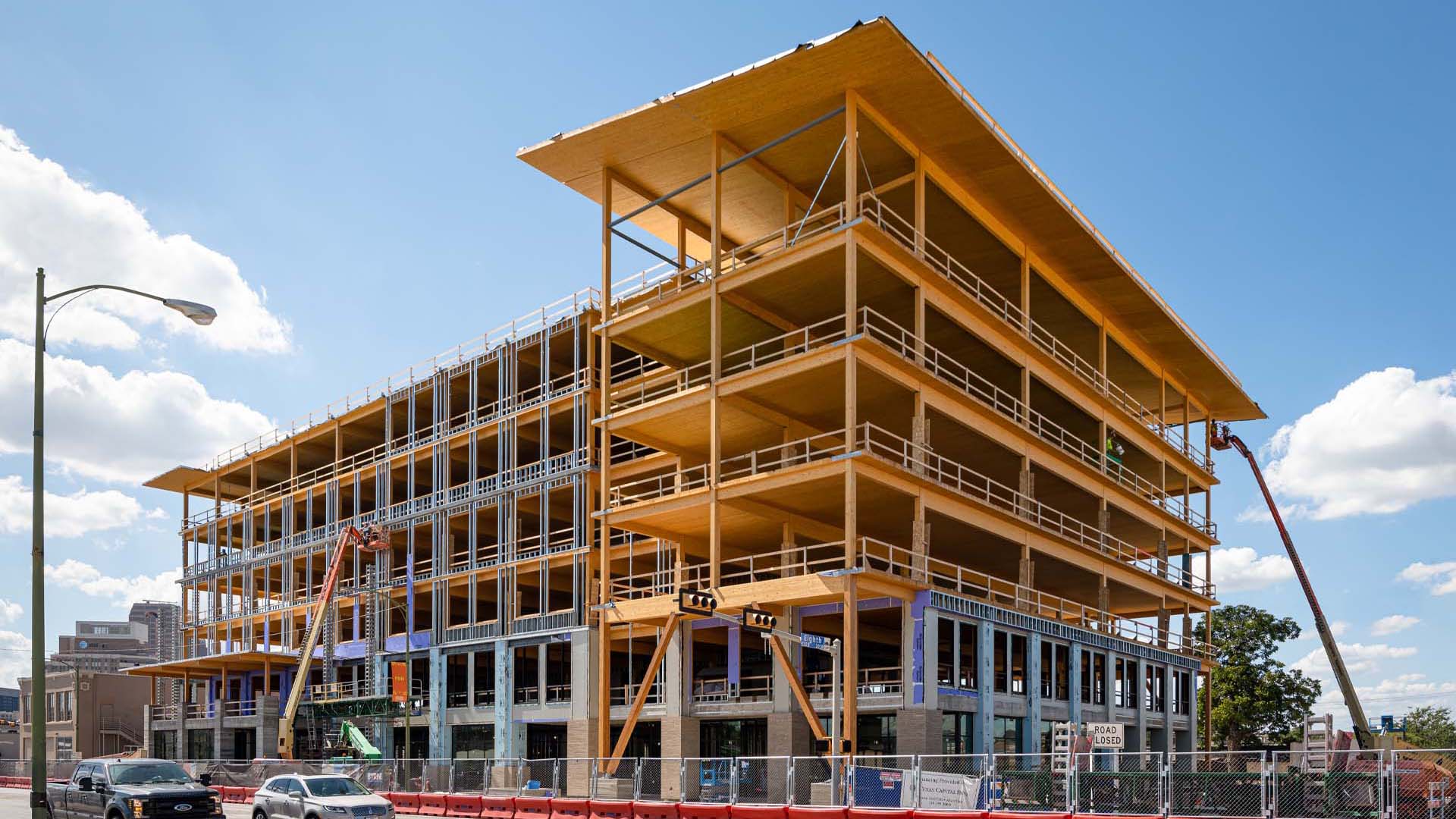

Building & Construction
What Is Mass Timber Construction
Modified: January 3, 2024
Discover the benefits and process of mass timber construction, the innovative and sustainable building technique revolutionizing the construction industry. Learn about its environmental impact and cost effectiveness.
(Many of the links in this article redirect to a specific reviewed product. Your purchase of these products through affiliate links helps to generate commission for Storables.com, at no extra cost. Learn more)
Introduction
Mass timber construction has emerged as a revolutionary approach to building structures, presenting a sustainable and efficient alternative to traditional construction methods. This modern technique utilizes large prefabricated timber panels or beams to create strong and durable buildings. As the demand for sustainable construction practices continues to rise, mass timber construction has gained significant traction, both for its environmental benefits and its versatility in design.
In simple terms, mass timber construction involves the use of engineered wood products as the primary building material, replacing conventional concrete and steel. Mass timber products are manufactured by adhering layers of wood veneers or lumber together under pressure, creating panels or beams that possess exceptional structural integrity. These products can be used to build a wide variety of structures, including residential buildings, office spaces, educational facilities, and even high-rise constructions.
One of the most common types of mass timber construction is Cross-Laminated Timber (CLT), which consists of layers of timber boards stacked at right angles and glued together. This produces a strong and versatile building material that can be used for walls, floors, and roofs. Other types of mass timber products include Glued-Laminated Timber (Glulam) and Laminated Veneer Lumber (LVL), each having its own unique set of applications.
The use of mass timber in construction offers several distinct advantages. First and foremost, it is a highly sustainable choice. Wood is a renewable resource that can be sourced from responsibly managed forests, reducing the reliance on more carbon-intensive materials. Additionally, mass timber has a significantly lower carbon footprint compared to concrete and steel, as the manufacturing process requires less energy and produces fewer greenhouse gas emissions.
Moreover, mass timber structures can be assembled quickly and efficiently, reducing construction time and costs. The prefabrication of mass timber elements in a controlled factory environment ensures high-quality construction and minimizes on-site waste. Additionally, the light weight of these timber panels enables easier transportation and installation on-site, leading to faster project completion.
While there are numerous benefits to using mass timber construction, it is important to consider some challenges and considerations. Fire resistance is a primary concern, as wood is inherently combustible. However, through the use of fire-resistant coatings and passive fire protection systems, mass timber structures can meet or exceed fire safety regulations.
Furthermore, it is crucial to ensure adequate moisture protection and proper detailing to prevent the risk of water damage and decay in mass timber structures. The incorporation of vapor barriers, proper ventilation, and regular maintenance can significantly mitigate these risks.
In the next section, we will explore some remarkable examples of successful mass timber construction projects around the world.
Key Takeaways:
- Mass timber construction offers sustainable, efficient, and aesthetically pleasing building solutions. Its use of engineered wood products reduces carbon footprint, accelerates construction, and promotes a healthier living environment.
- Despite challenges, mass timber construction’s future looks promising. Innovations, tall timber structures, urban applications, and global adoption will shape a more sustainable and visually captivating built environment.
Read more: What Timber Is Used For In Construction
Definition of Mass Timber Construction
Mass timber construction refers to the innovative practice of using large timber panels or beams as the primary structural elements in building construction. Unlike traditional construction methods that rely heavily on concrete and steel, mass timber construction utilizes engineered wood products to create strong, durable, and sustainable buildings.
The term “mass timber” refers to a category of wood products that are manufactured by bonding together several layers of wood veneers or lumber. This bonding process, achieved through specialized adhesives and pressure, creates solid panels or beams that possess exceptional strength and stability.
There are several types of mass timber products commonly used in construction, including:
- Cross-Laminated Timber (CLT): This product is created by stacking layers of timber boards at right angles and gluing them together. CLT panels are highly versatile and can be used for walls, floors, and roofs.
- Glued-Laminated Timber (Glulam): Glulam consists of individual timber boards that are bonded together using special adhesives. These beams are commonly used for columns, beams, and other structural elements in buildings.
- Laminated Veneer Lumber (LVL): LVL is composed of thin veneers of wood that are laminated together, creating a strong and dimensionally stable engineered wood product. It is often used for beams, headers, and other load-bearing components.
What sets mass timber construction apart is its scalability. While it can be utilized in small-scale projects, mass timber is also suitable for larger applications, including mid-rise and high-rise buildings. Its strength, durability, and fire-resistant properties make it a viable alternative to traditional construction methods.
One of the key advantages of mass timber construction is its sustainability. Wood is a renewable resource that can be responsibly sourced from sustainably managed forests. It has a lower carbon footprint compared to concrete and steel, as the manufacturing process requires less energy and emits fewer greenhouse gases. Moreover, using mass timber helps sequester carbon dioxide, offsetting emissions caused by the construction process.
In recent years, there has been a growing interest in mass timber construction due to its ability to address environmental concerns while providing aesthetically pleasing and structurally sound buildings. Architects and builders are increasingly incorporating mass timber into their projects, as it allows for faster and more efficient construction processes.
As the demand for sustainable construction practices continues to rise, mass timber construction is expected to play an increasingly prominent role in the industry. With its numerous advantages and potential for innovation, this modern construction method is poised to shape the future of the built environment.
Types of Mass Timber Products
Mass timber construction encompasses a range of engineered wood products that are used as primary structural elements in building construction. These products offer exceptional strength, durability, and sustainability, making them ideal alternatives to traditional construction materials. Here are some of the most commonly used types of mass timber products:
- Cross-Laminated Timber (CLT): CLT is a versatile and widely used mass timber product. It consists of multiple layers of timber boards that are arranged at right angles to each other and bonded together with structural adhesive. This cross-lamination gives CLT its exceptional strength and stability. CLT panels can be customized to fit specific project requirements and can be used for walls, floors, and roofs in various building types.
- Glued-Laminated Timber (Glulam): Glulam is another popular choice in mass timber construction. It is made by laminating multiple layers of dimensioned lumber using specialized adhesives. These layers can be arranged in straight or curved configurations as per the design requirements. Glulam beams provide excellent structural performance and are commonly used for columns, beams, and other load-bearing elements in both residential and commercial buildings.
- Laminated Veneer Lumber (LVL): LVL is an engineered wood product that is created by bonding thin veneers of wood together using high-strength adhesives. LVL offers superior strength and stiffness, making it suitable for structural applications. It is commonly used for beams, headers, and other load-bearing components in residential and commercial construction.
- Nail-Laminated Timber (NLT): NLT is created by stacking and fastening multiple layers of lumber together with nails or wood screws. This type of mass timber product provides a cost-effective solution for floor and roof systems in low-rise buildings. NLT is known for its durability and ease of construction.
- Dowel-Laminated Timber (DLT): DLT is similar to NLT in terms of construction, but instead of nails or screws, it utilizes hardwood dowels or pins to connect the layers of timber. DLT offers a clean and elegant appearance and is commonly used in commercial, institutional, and residential buildings.
- Cross-Laminated Timber Decking (CLTD): CLTD is a specialized mass timber product primarily used for roof and floor decking. It provides a lightweight and durable solution for these applications, offering benefits such as improved acoustic and thermal performance.
These types of mass timber products can be customized and engineered to meet specific project requirements. They provide architects and builders with a wide range of options for designing sustainable, structurally sound, and aesthetically pleasing buildings.
It is worth noting that while each type of mass timber product has its unique characteristics and applications, they all share the common goal of promoting sustainability and reducing the carbon footprint of construction projects.
Advantages of Using Mass Timber in Construction
Mass timber construction offers numerous advantages that make it an attractive choice for architects, builders, and developers. From sustainability and efficiency to design flexibility and aesthetics, here are some of the key benefits of using mass timber in construction:
- Sustainability: Mass timber is an environmentally friendly building material. Wood is a renewable resource that can be sustainably sourced from responsibly managed forests. Using mass timber helps reduce reliance on carbon-intensive materials such as concrete and steel. Additionally, the production of mass timber requires less energy and produces fewer greenhouse gas emissions, resulting in a lower carbon footprint.
- Strength and Durability: Despite its lightweight nature, mass timber is remarkably strong and durable. Engineered wood products like cross-laminated timber (CLT) and glued-laminated timber (Glulam) have excellent load-bearing capabilities, making them suitable for a wide range of building types, including mid-rise and high-rise structures. Mass timber also demonstrates superior fire resistance, especially when combined with appropriate fire-resistant coatings.
- Efficient Construction: Mass timber construction offers significant time and cost savings compared to traditional construction methods. Mass timber components are prefabricated in a controlled factory environment, ensuring high quality and minimizing on-site waste. This leads to faster on-site construction and shorter project timelines. Additionally, the lightweight nature of mass timber elements enables easier handling, transportation, and installation.
- Design Flexibility: Mass timber allows for immense design flexibility. Its strength and dimensional stability allow for open floor plans, long spans, and creative architectural expressions. With the ability to produce custom-made panels and beams, architects can create unique and visually appealing structures. Mass timber construction can be used in a variety of architectural styles, from contemporary to traditional, offering endless design possibilities.
- Improved Thermal Performance: Wood is a natural insulator, providing excellent thermal performance. Mass timber structures have superior thermal efficiency, reducing the need for excessive heating and cooling. This, in turn, leads to energy savings and enhanced comfort for occupants. Mass timber construction also allows for efficient integration of insulation materials, further enhancing energy efficiency.
- Health and Well-being: Wood has been shown to have psychological and physiological benefits, promoting a sense of well-being and connection to nature. Mass timber construction provides opportunities for biophilic design, with exposed wood surfaces creating a warm and inviting ambiance. The use of natural materials in construction can contribute to improved indoor air quality and a healthier living or working environment.
These advantages make mass timber an attractive choice for a wide range of construction projects, from residential and commercial buildings to educational institutions and cultural centers. As the demand for sustainable and innovative construction practices grows, mass timber construction is likely to play an increasingly pivotal role in the future of the built environment.
Challenges and Considerations in Mass Timber Construction
While mass timber construction offers numerous advantages, there are also certain challenges and considerations that need to be addressed to ensure successful implementation. These challenges include fire resistance, moisture protection, and structural design considerations:
- Fire Resistance: Wood is a combustible material, which raises concerns about fire safety in mass timber construction. However, through the use of fire-resistant coatings and the implementation of passive fire protection measures, mass timber structures can meet or exceed fire safety regulations. It is important to carefully consider fire protection strategies and collaborate with fire safety experts to ensure the proper design and implementation of fire-resistant systems.
- Moisture Protection: Wood is susceptible to moisture absorption and the subsequent risks of decay, fungal growth, and structural damage. Therefore, it is crucial to implement proper moisture protection measures during the design and construction phases. This may include the use of vapor barriers, proper detailing and sealing of joints, and ensuring adequate ventilation to prevent moisture retention and promote drying.
- Structural Considerations: Mass timber construction requires careful structural design and engineering. Factors such as load calculations, connection design, and consideration of long-term stability need to be taken into account. Working closely with experienced structural engineers is essential to ensure that the design meets all necessary structural requirements and standards.
- Supply Chain and Availability: As mass timber construction gains popularity, there may be challenges related to the supply chain and availability of mass timber products. It is important to collaborate with trusted suppliers and manufacturers who can provide high-quality materials in a timely manner. Additionally, ensuring a diversified supply chain can mitigate the risk of potential disruptions.
- Building Codes and Regulations: Mass timber construction may require compliance with specific building codes and regulations that vary by jurisdiction. It is essential to work closely with local authorities and Building Code officials to ensure that the design and construction processes meet all relevant requirements. Staying up-to-date with evolving codes and regulations is crucial to ensure a smooth approval process for mass timber projects.
- Education and Training: The successful implementation of mass timber construction requires a skilled workforce familiar with the unique techniques and considerations involved. Adequate education and training programs should be developed to equip architects, engineers, builders, and construction workers with the knowledge and skills required for safe and efficient mass timber construction.
Addressing these challenges and considerations through proper planning, collaboration, and compliance with regulations is essential for the successful execution of mass timber construction projects. By doing so, the industry can continue to harness the benefits of mass timber while ensuring the safety, durability, and sustainability of the structures.
When designing a mass timber construction project, consider the environmental benefits such as reduced carbon emissions and the use of sustainable materials.
Read more: What Type Of Construction Is Heavy Timber
Examples of Mass Timber Construction Projects
Mass timber construction has gained significant popularity in recent years, resulting in the successful completion of numerous impressive projects around the world. These projects showcase the versatility, sustainability, and aesthetic appeal of mass timber in various types of structures. Here are some notable examples:
- Brock Commons Tallwood House (Vancouver, Canada): Designed by Acton Ostry Architects, this 18-story student residence at the University of British Columbia was the tallest mass timber building in the world at the time of its completion in 2017. The building utilized cross-laminated timber (CLT) and glue-laminated timber (Glulam) for its structure, reducing greenhouse gas emissions compared to traditional construction. It exemplifies the potential of mass timber for building tall and sustainable structures.
- Mjøstårnet (Brumunddal, Norway): Completed in 2019, Mjøstårnet is the tallest wooden building in the world. This 18-story mixed-use building features CLT and Glulam as its primary construction materials. The building includes apartments, office spaces, a hotel, a restaurant, and an observation deck. Mjøstårnet highlights the structural capabilities and design possibilities of mass timber construction.
- Shigeru Ban’s Terrace House (Vancouver, Canada): Designed by renowned architect Shigeru Ban, Terrace House is an eight-story residential building featuring a hybrid structure of CLT, Glulam, and concrete. Completed in 2019, this innovative project incorporates sustainable design principles and utilizes mass timber to create a unique and visually striking building.
- Forté (Melbourne, Australia): Completed in 2012, Forté was Australia’s first high-rise residential building made predominantly from CLT. Standing at ten stories, this building utilized sustainable materials and construction techniques to achieve a reduced carbon footprint. Forté set a precedent for the use of mass timber in high-rise construction within Australia.
- T3 (Minneapolis, USA): T3, short for Timber, Technology, and Transit, is a seven-story office building completed in 2016. It is one of the largest modern timber buildings in the United States, utilizing CLT and Glulam for its structure. T3 showcases the potential of mass timber construction in the commercial sector, combining sustainability, aesthetics, and a unique industrial design.
These projects represent a small fraction of the exciting developments in mass timber construction. They demonstrate the growing acceptance and successful implementation of mass timber as a viable alternative to traditional construction materials. As the industry continues to evolve, we can expect to see even more innovative and ambitious mass timber projects shaping the skylines of cities worldwide.
Sustainability Benefits of Mass Timber Construction
Mass timber construction offers a plethora of sustainability benefits, making it an increasingly popular choice for environmentally conscious architects, builders, and developers. From carbon sequestration to reduced energy consumption, here are some key sustainability advantages of utilizing mass timber in construction:
- Carbon Sequestration: Trees absorb and store carbon dioxide (CO2) from the atmosphere as they grow. By using mass timber, which is made from sustainably harvested wood, the carbon stored in trees remains locked within the building’s structure, acting as a carbon sink. This helps to mitigate climate change by reducing greenhouse gas emissions.
- Reduced Carbon Footprint: Mass timber construction has a significantly lower carbon footprint compared to traditional construction methods that use concrete and steel. The manufacturing process for mass timber requires less energy and generates fewer greenhouse gas emissions. Additionally, wood products continue to store carbon throughout their lifespan, further reducing the environmental impact.
- Energy Efficiency: Wood is a natural insulator, providing effective thermal performance. Mass timber structures offer superior energy efficiency, reducing heating and cooling needs and lowering energy consumption. This not only leads to reduced greenhouse gas emissions but also contributes to cost savings for building owners and occupants.
- Renewable Resource: Wood is a renewable resource that can be sustainably harvested from responsibly managed forests. When sourced from well-managed forests, the use of wood in mass timber construction supports the growth of the forestry industry while promoting sustainable land management practices that benefit biodiversity and ecosystem health.
- Waste Reduction: Mass timber construction utilizes a high degree of prefabrication, resulting in reduced on-site waste generation. The precise manufacturing process ensures minimal material waste during production, and off-site fabrication allows for better control over material usage. This leads to reduced construction waste sent to landfills and contributes to a more sustainable construction industry.
- Shorter Construction Timelines: Mass timber construction typically offers faster construction timelines compared to traditional methods. The prefabrication of mass timber components off-site allows for concurrent on-site preparation, resulting in shorter project durations. These time savings translate into reduced energy consumption and a smaller environmental footprint during the construction phase.
- Improved Indoor Air Quality: Wood has natural moisture-regulating properties, which can help maintain healthy indoor air quality. Mass timber can contribute to a comfortable and healthy living or working environment by regulating humidity levels and reducing the risk of mold or moisture-related issues that can affect air quality.
By harnessing the sustainability benefits of mass timber construction, we can create buildings that not only provide safe and aesthetically appealing spaces but also contribute to the preservation of our environment and combat climate change. As the demand for sustainable construction practices continues to grow, mass timber is poised to play a significant role in the future of sustainable building design and construction.
Future of Mass Timber Construction
The future of mass timber construction is exceptionally promising, as the industry continues to gain momentum and interest from architects, builders, and investors. Here are some key trends and developments shaping the future of mass timber construction:
- Innovation and Technological Advancements: Advancements in technology and manufacturing processes are driving the innovation of mass timber construction. This includes the development of new types of mass timber products, improved fire-resistant coatings, and enhanced digital design and fabrication techniques. These advancements enable architects to push the boundaries of design while maintaining safety and sustainability standards.
- Tall Timber Structures: Mass timber is increasingly being used in taller and more complex building projects. Technological advancements and proven performance have paved the way for the construction of high-rise buildings made primarily from mass timber. As building codes and regulations evolve to accommodate this trend, we can expect to see more innovative and sustainable tall timber structures in the future.
- Expansion of Urban Applications: Mass timber construction is no longer limited to low-rise and mid-rise buildings. As urban areas face increased demand for sustainable and affordable housing, mass timber is gaining popularity for its speed of construction, smaller carbon footprint, and design flexibility. Modular construction techniques using mass timber components are emerging as a solution to accelerate housing delivery in urban centers.
- Integration of Digital Design and Construction: Digital design tools, such as Building Information Modeling (BIM), are becoming essential in the planning and construction phases of mass timber projects. BIM allows for seamless integration between architects, engineers, and contractors, enabling efficient collaboration and coordination throughout the project lifecycle. This digital integration ensures accurate design, precise fabrication, and streamlined construction processes.
- International Adoption and Standardization: Mass timber construction is witnessing global adoption and recognition. Countries around the world are embracing mass timber as a sustainable and viable construction solution. Organizations such as the International Code Council (ICC) and the International Organization for Standardization (ISO) are working towards establishing international standards for mass timber construction, further promoting its widespread acceptance and usage.
- Further Research and Development: Ongoing research and development efforts are dedicated to advancing the understanding of mass timber construction. This includes improving fire performance, investigating new materials and connections, and exploring sustainable harvesting and manufacturing practices. Continued research and development will contribute to the refinement of design guidelines, codes, and regulations that govern mass timber construction.
The future growth and acceptance of mass timber construction will depend on a collaborative effort between industry stakeholders, including architects, engineers, manufacturers, policy-makers, and investors. As the demand for sustainable, cost-effective, and aesthetically pleasing buildings continues to rise, mass timber will play an increasingly vital role in meeting these requirements and shaping the future of the construction industry.
Conclusion
Mass timber construction represents a groundbreaking and sustainable approach to building structures. Through the use of engineered wood products like cross-laminated timber (CLT), glued-laminated timber (Glulam), and laminated veneer lumber (LVL), mass timber construction offers numerous advantages for architects, builders, and the environment.
By utilizing mass timber, construction projects can significantly reduce their carbon footprint and contribute to mitigating climate change. Wood is a renewable resource that can store carbon dioxide, acting as a carbon sink and supporting sustainable forestry practices. Additionally, the manufacturing process for mass timber requires less energy and emits fewer greenhouse gas emissions than traditional building materials such as concrete and steel.
Mass timber construction not only offers sustainability benefits but also excels in terms of efficiency, design flexibility, and structural performance. It enables faster construction timelines, reduces waste generation, and provides opportunities for innovative and unique architectural designs. The thermal properties of wood contribute to energy efficiency, while the use of natural materials creates a healthier and more aesthetically pleasing living or working environment.
Despite the challenges and considerations associated with mass timber construction – including fire resistance, moisture protection, and adherence to building codes – the industry is evolving rapidly. Ongoing research, technological advancements, and standardization efforts are continuously enhancing the performance, safety, and reputation of mass timber construction.
The future of mass timber construction is exciting and promising. We can expect to see further innovation in both the design and manufacturing processes, as well as an expansion of its applications in tall buildings and urban areas. International adoption and standardization efforts will contribute to mass timber’s wider acceptance and usage.
As the demand for sustainable construction practices continues to grow, mass timber construction is poised to play a significant role in shaping a more environmentally conscious and aesthetically captivating built environment. By embracing this innovative construction method, we can create sustainable, efficient, and visually stunning structures that align with our commitment to a greener future.
Frequently Asked Questions about What Is Mass Timber Construction
Was this page helpful?
At Storables.com, we guarantee accurate and reliable information. Our content, validated by Expert Board Contributors, is crafted following stringent Editorial Policies. We're committed to providing you with well-researched, expert-backed insights for all your informational needs.
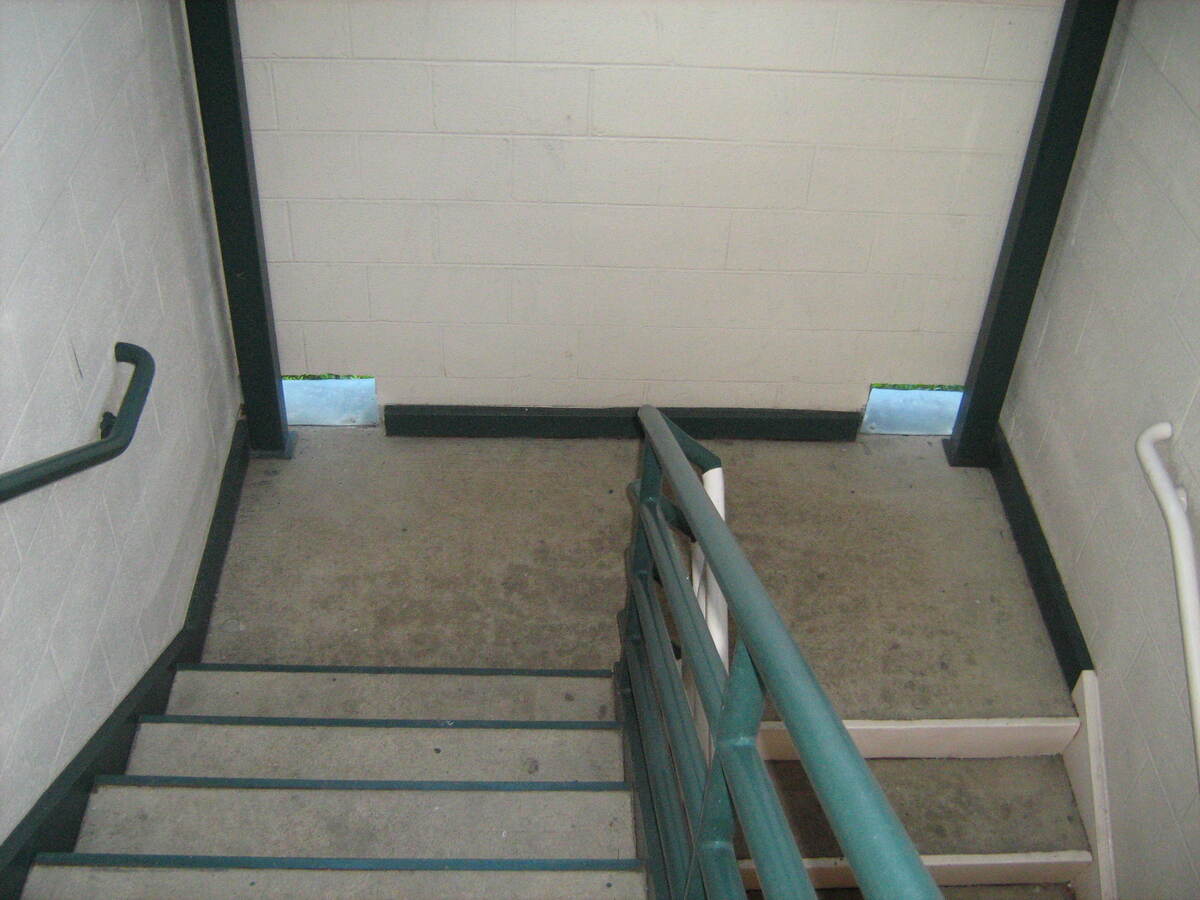
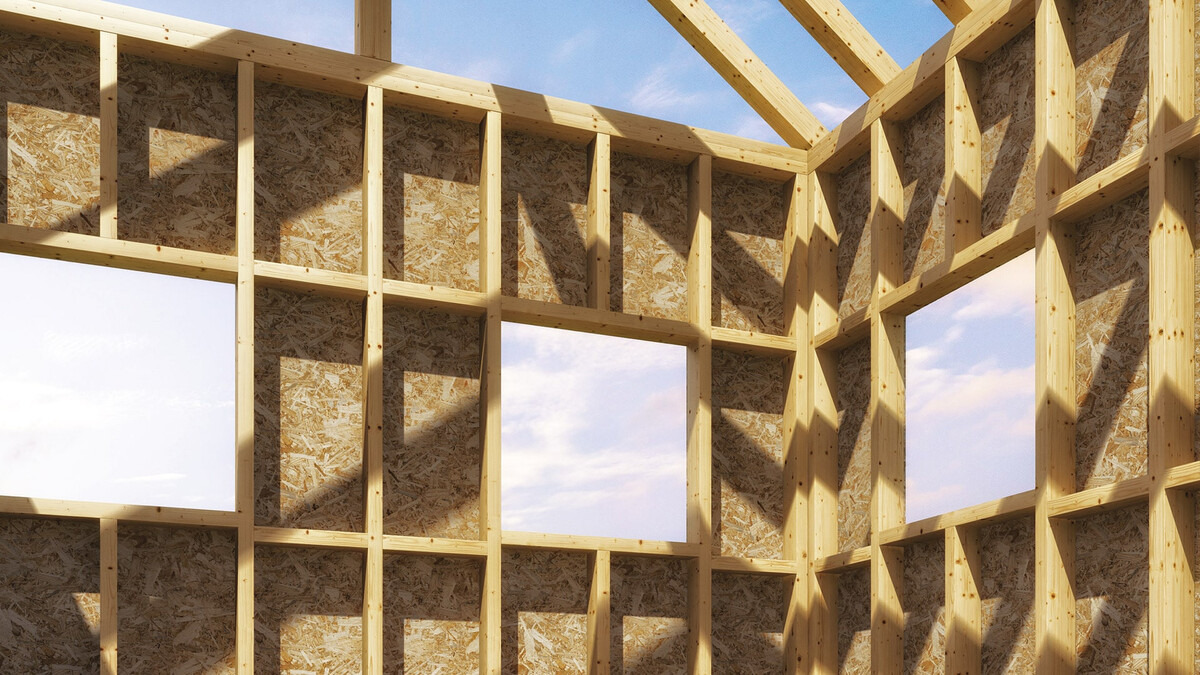


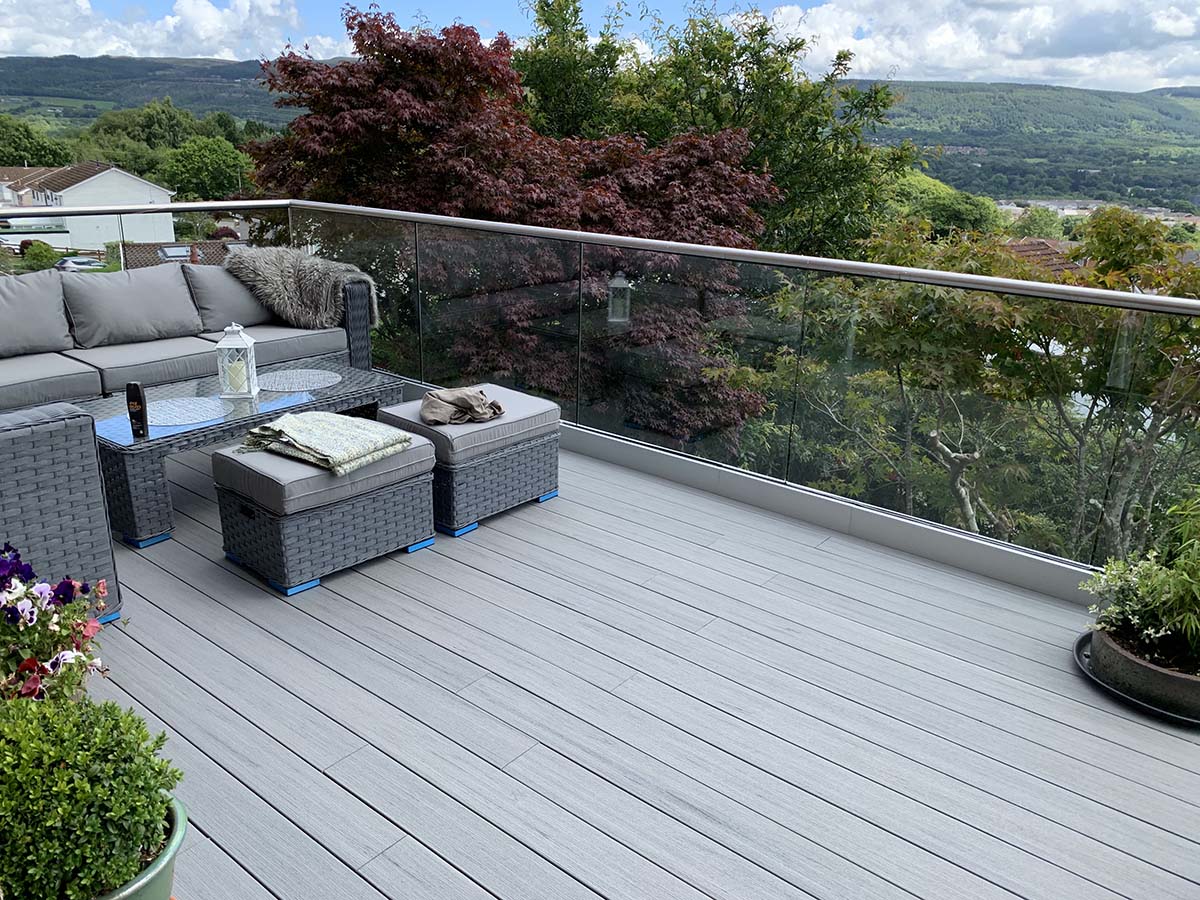
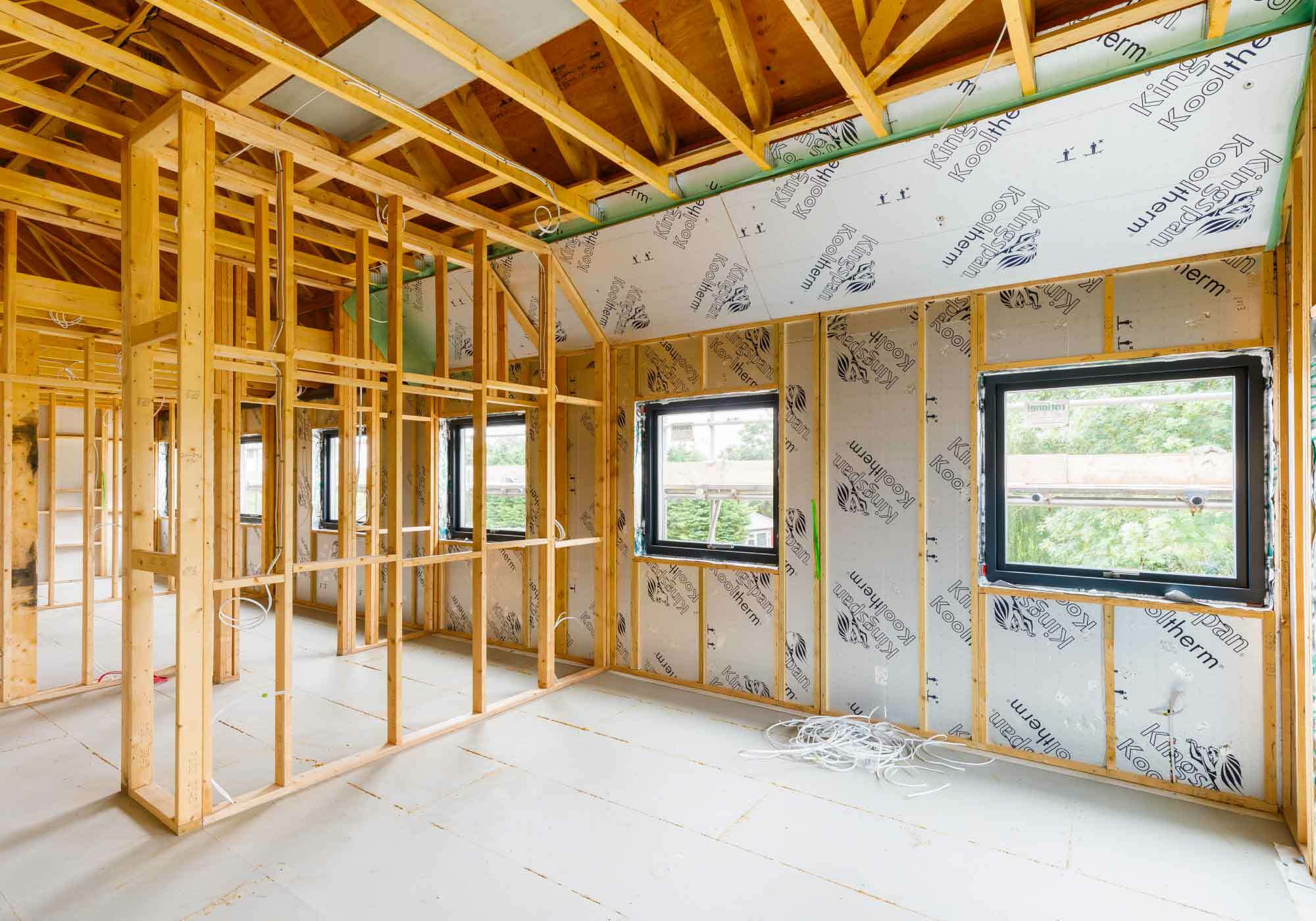
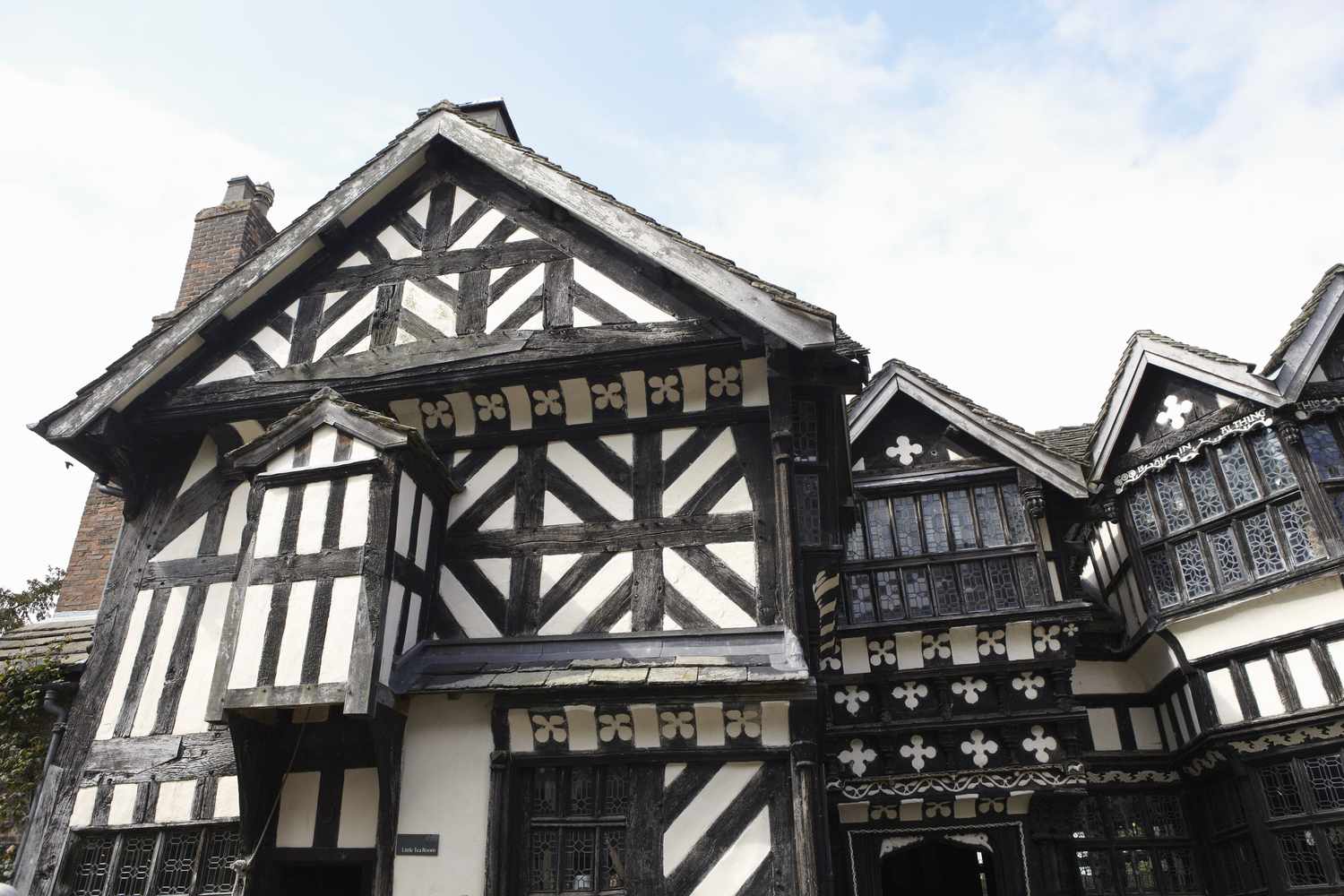


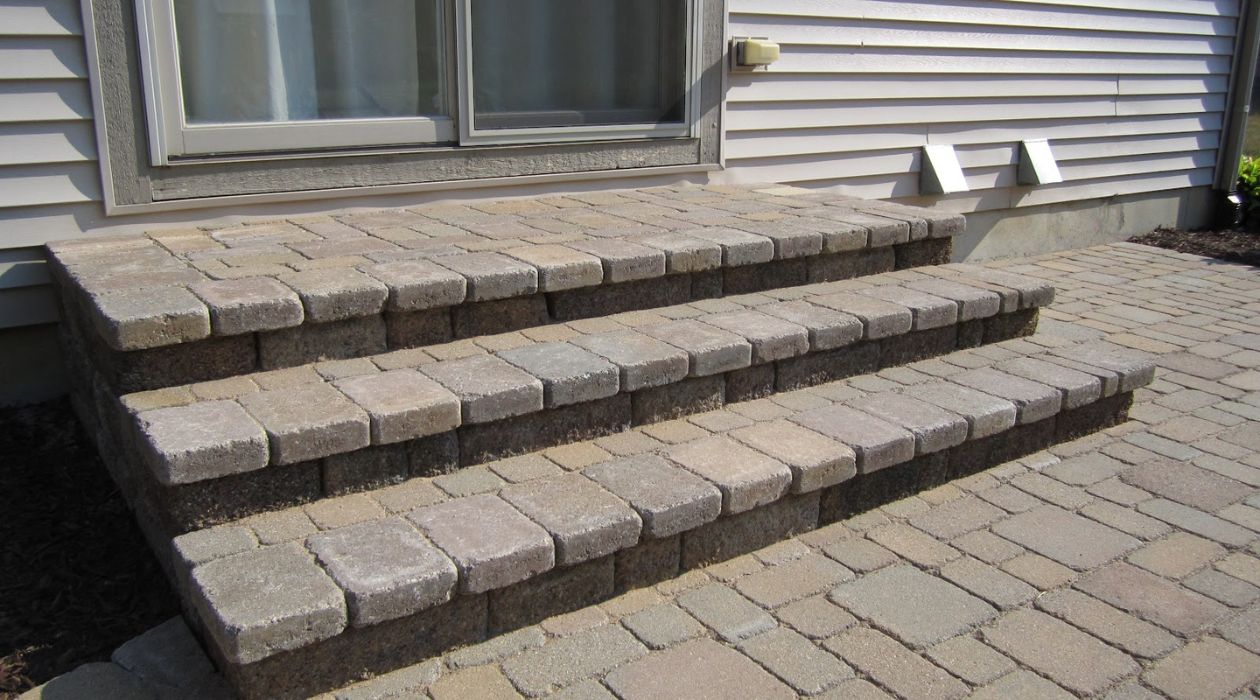
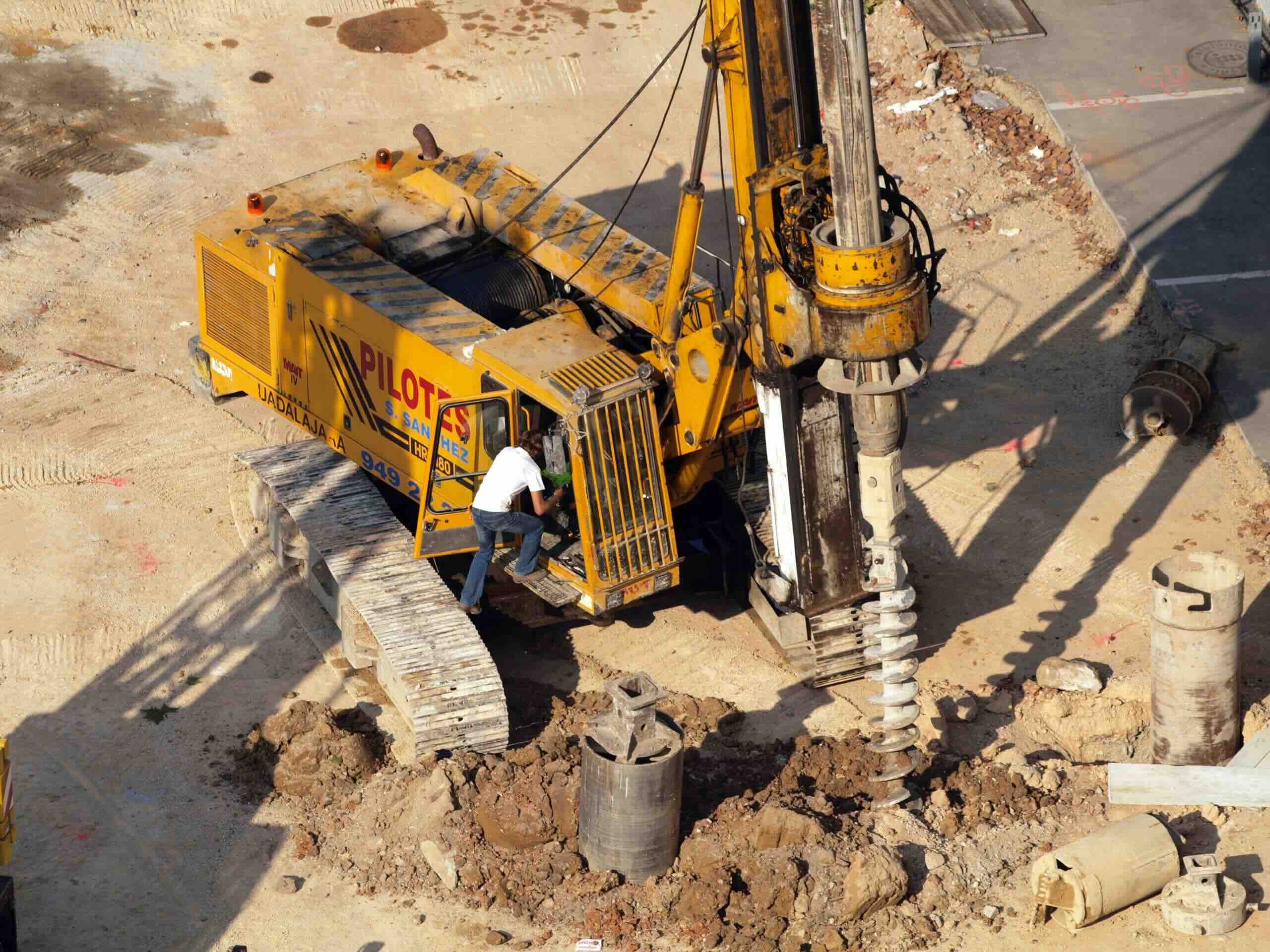
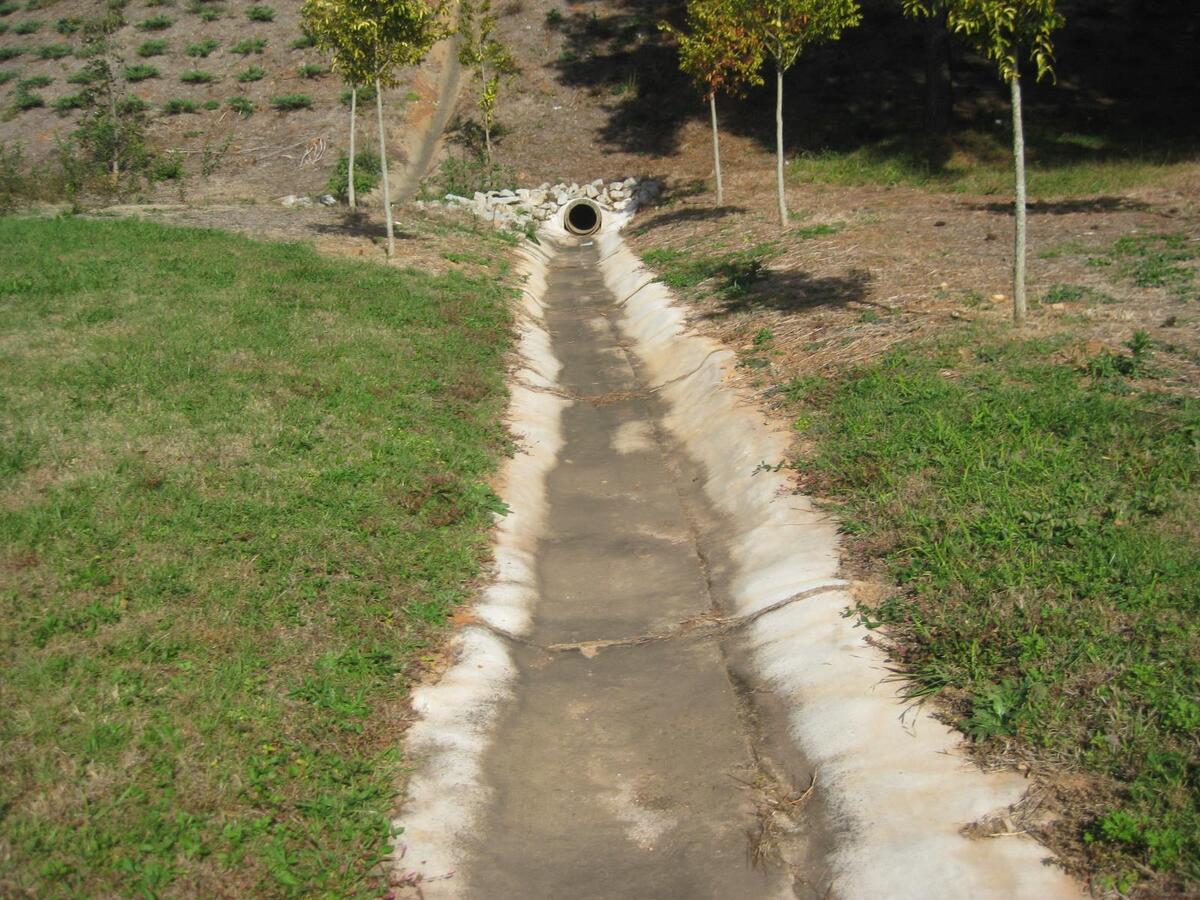
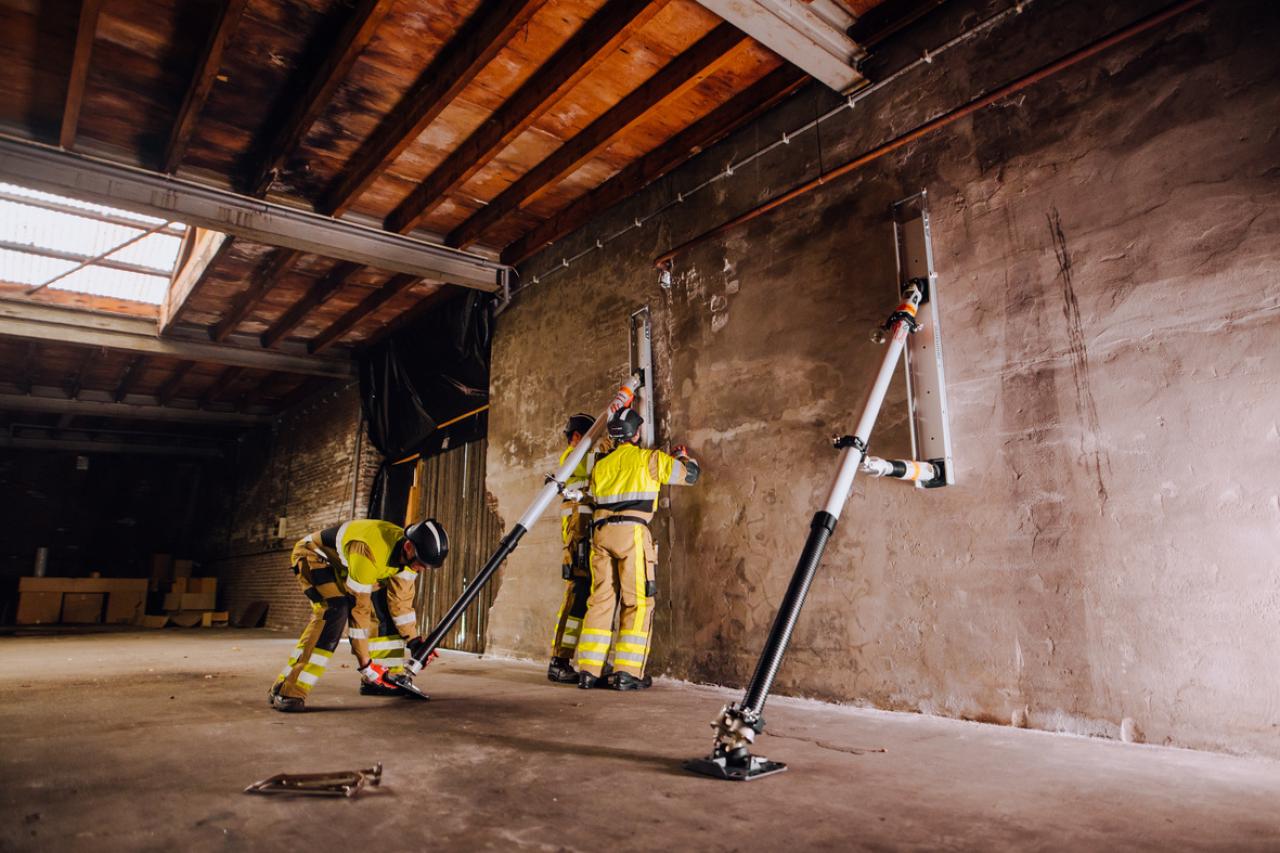


0 thoughts on “What Is Mass Timber Construction”